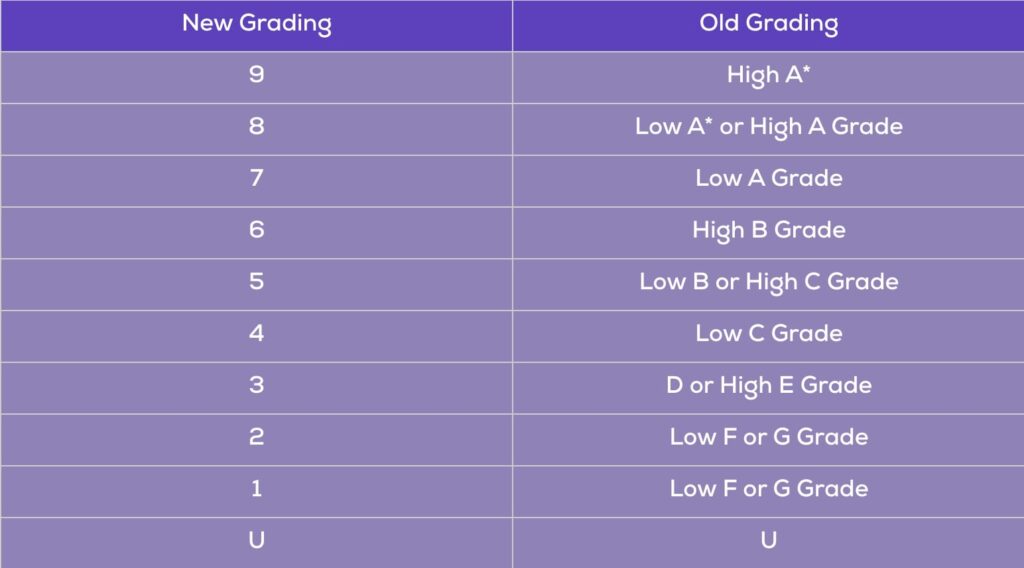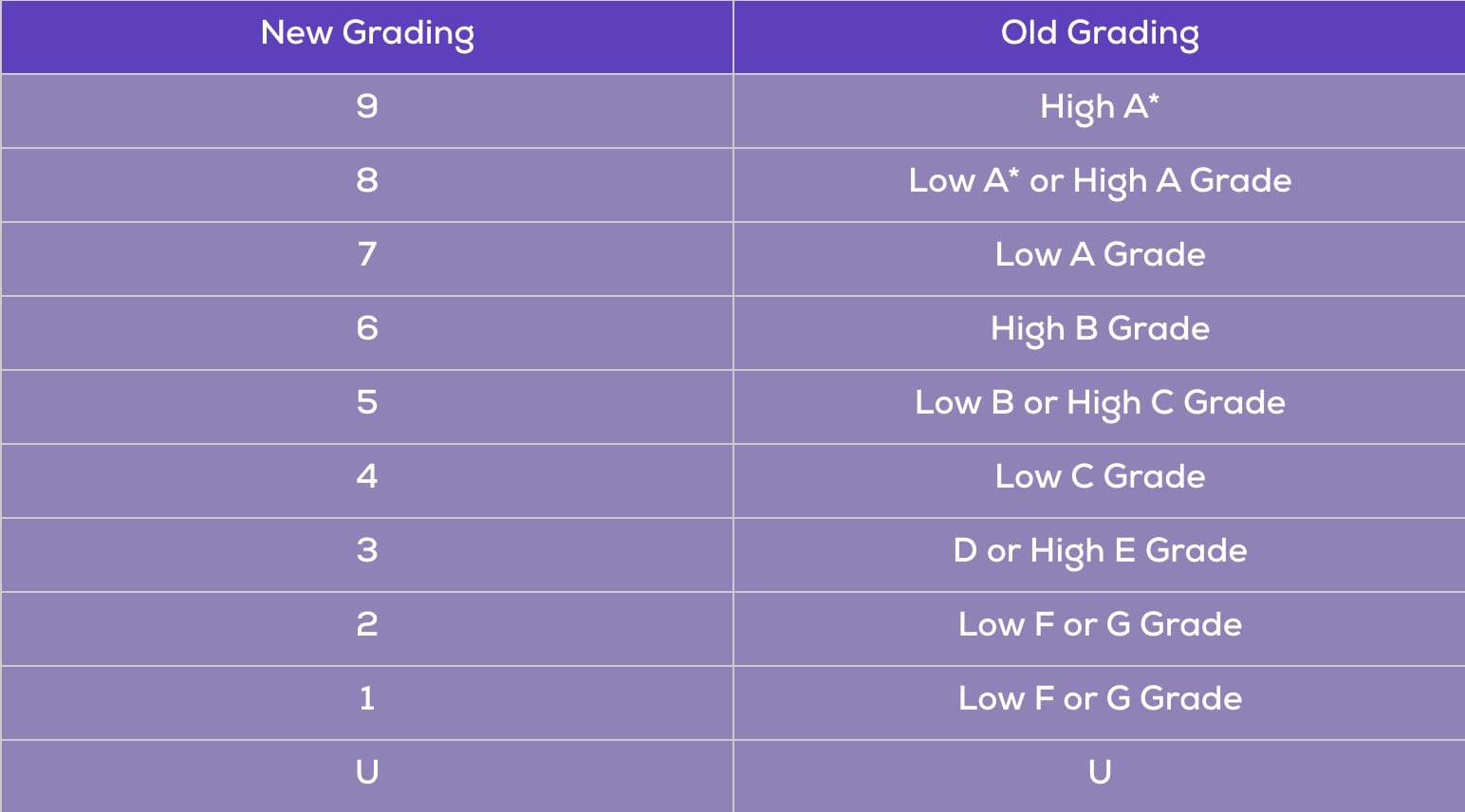
How Old Are You in Fifth Grade? Understanding Age Ranges and Grade Levels
The question, how old are you in fifth grade, is a common one, especially for parents navigating the American education system. While there isn’t a single, definitive answer, understanding the typical age range for fifth graders can provide clarity. Generally, students in fifth grade are between the ages of 10 and 11. However, this is just a guideline, and several factors can influence a child’s placement in a particular grade.
This article delves into the typical age range for fifth graders, the factors that can affect a child’s grade placement, and what parents should consider as their child progresses through elementary school. Knowing the answer to “how old are you in fifth grade” can help gauge where your child stands compared to their peers, but it’s crucial to remember that individual development varies significantly.
Typical Age Range for Fifth Graders
In the United States, the school year typically begins in late August or early September and ends in late May or early June. The cut-off date for starting kindergarten, which is the foundation for subsequent grades, usually falls between September and December. This means that a child’s birthdate relative to the cut-off date determines when they begin their formal education. Therefore, understanding how old are you in fifth grade requires understanding how age progression works through the grades.
Given these parameters, most children who start kindergarten at age 5 will be 10 years old when they begin fifth grade. However, children born later in the year might turn 11 during the school year. Conversely, those born earlier in the year might still be 10 when the school year ends. Therefore, the age range for fifth graders is generally considered to be 10 to 11 years old.
Factors Affecting Grade Placement
Several factors can influence whether a child is slightly older or younger than the typical age range for their grade. These include:
- Birthdate: As mentioned earlier, a child’s birthdate relative to the school district’s cut-off date is a primary factor. Children born closer to the cut-off date may be younger than their classmates.
- Early Entrance to Kindergarten: In some cases, parents may petition for their child to enter kindergarten early if they believe the child is academically and socially ready. This can result in the child being younger than the average age for their grade throughout their school years.
- Retention (Repeating a Grade): If a child struggles academically or socially, they may be held back and required to repeat a grade. This would make them older than their classmates in subsequent years.
- Grade Skipping (Acceleration): Conversely, a child who excels academically may be allowed to skip a grade, making them younger than their peers.
- Transferring from Another School System: Differences in school calendars or grade requirements between different school systems (e.g., international schools or schools in different states) can also impact a child’s grade placement.
- Special Education Needs: Students with special education needs might have their grade placement adjusted based on their individual educational plans (IEPs).
Understanding Grade Skipping and Retention
Grade skipping and retention are significant decisions that can affect a child’s academic and social development. When considering these options, schools typically evaluate a child’s academic performance, social-emotional maturity, and overall readiness for the next grade level. Asking “how old are you in fifth grade” might lead to a discussion about whether a student is ready for the challenges ahead, regardless of chronological age.
Grade Skipping
Grade skipping, also known as acceleration, allows academically advanced students to progress to a higher grade level. This can be beneficial for students who are bored or unchallenged in their current grade. However, it’s essential to consider the potential social and emotional impact. A younger child in a higher grade may feel out of place or struggle to keep up with the social dynamics of older peers. This is one reason why, if you ask, “how old are you in fifth grade”, you might find varied answers. The school psychologist or counselor often plays a crucial role in evaluating a child’s readiness for grade skipping.
Retention
Retention, or repeating a grade, is typically considered when a student is significantly behind academically or socially. While it can provide the student with an opportunity to catch up, it can also have negative consequences for their self-esteem and motivation. Retained students may feel embarrassed or stigmatized, and they may struggle to re-engage with the material the second time around. Understanding “how old are you in fifth grade” in the context of retention means recognizing that the student is older than the typical age range for that grade.
The Importance of Individual Development
While understanding the typical age range for fifth graders is helpful, it’s crucial to remember that children develop at different rates. Some children may be academically advanced but socially immature, while others may be socially adept but struggle with certain academic subjects. Comparing a child’s progress to their peers can be detrimental, as it doesn’t account for individual strengths and weaknesses.
Parents should focus on supporting their child’s individual development, providing them with the resources and encouragement they need to succeed. This may involve working with teachers and school staff to develop individualized learning plans or seeking outside tutoring or support services. Instead of fixating on how old are you in fifth grade, parents should prioritize their child’s overall well-being and academic growth.
What Parents Should Consider
As children progress through elementary school, parents should be actively involved in their education and monitor their academic and social-emotional development. Here are some key considerations:
- Communicate with Teachers: Regular communication with teachers is essential for understanding a child’s progress and identifying any potential issues early on.
- Attend Parent-Teacher Conferences: Parent-teacher conferences provide an opportunity to discuss a child’s strengths, weaknesses, and areas for improvement.
- Review Report Cards: Report cards provide a snapshot of a child’s academic performance in each subject.
- Monitor Homework and Assignments: Keeping track of homework and assignments helps parents ensure that their child is staying on track and completing their work.
- Observe Social Interactions: Observing a child’s social interactions can provide insights into their social-emotional development and identify any potential challenges.
- Encourage Extracurricular Activities: Extracurricular activities can provide opportunities for children to develop their interests, build social skills, and learn new things.
Addressing Concerns About Grade Placement
If parents have concerns about their child’s grade placement, they should discuss these concerns with the school principal, counselor, or psychologist. The school staff can provide valuable insights and guidance and help parents make informed decisions about their child’s education. If you’re asking “how old are you in fifth grade” and have concerns about your child being significantly older or younger, it’s important to voice those concerns.
In some cases, a formal evaluation may be necessary to determine whether a child is appropriately placed. This evaluation may involve academic testing, psychological assessments, and observations of the child in the classroom. The results of the evaluation can help the school staff and parents make informed decisions about the child’s educational needs.
The Broader Context of Elementary Education
Understanding the age ranges in elementary school provides a broader context for a child’s educational journey. Elementary school lays the foundation for future academic success, and it’s essential to ensure that children are receiving the support and resources they need to thrive. Rather than solely focusing on the question of “how old are you in fifth grade,” it’s important to consider the overall educational experience.
Parents should work in partnership with the school to create a positive and supportive learning environment for their child. This may involve volunteering in the classroom, participating in school events, and advocating for policies that support student success. Ultimately, the goal is to help children develop a love of learning and reach their full potential.
Conclusion
In summary, the typical age range for fifth graders is between 10 and 11 years old. However, several factors can influence a child’s grade placement, including their birthdate, early entrance to kindergarten, retention, grade skipping, and transferring from another school system. While understanding the typical age range is helpful, it’s crucial to remember that children develop at different rates, and parents should focus on supporting their child’s individual development. If you’re wondering “how old are you in fifth grade“, remember the answer is a range, not a fixed number. By actively engaging in their child’s education and working in partnership with the school, parents can help their child succeed in fifth grade and beyond.
The focus should always be on providing a supportive and enriching educational experience, regardless of whether a child is slightly older or younger than their peers. So, next time you ponder, “how old are you in fifth grade,” remember it’s just one piece of a much larger puzzle.
[See also: Understanding Age Ranges in Elementary School]
[See also: The Impact of Grade Retention on Student Outcomes]
[See also: Supporting Gifted Students in Elementary Education]

